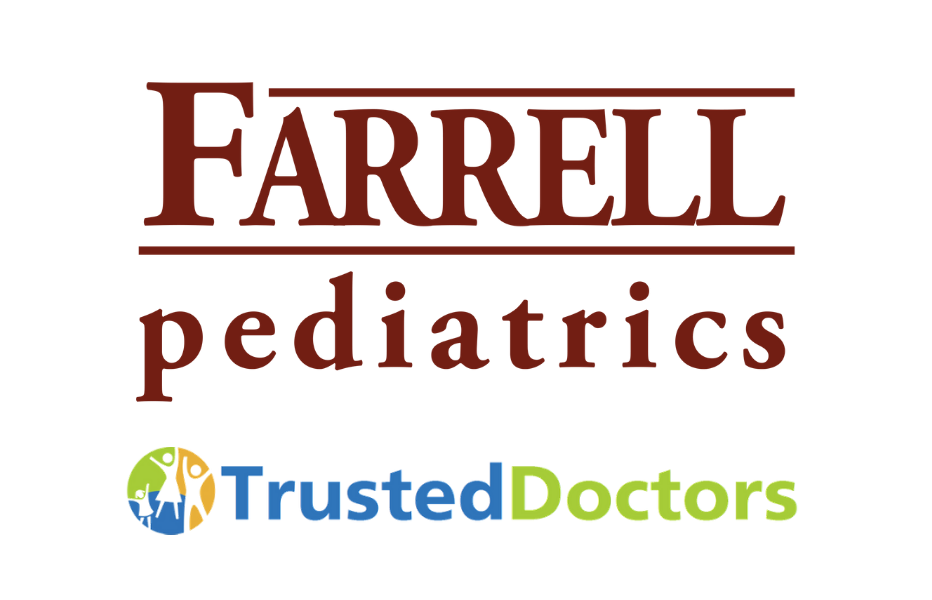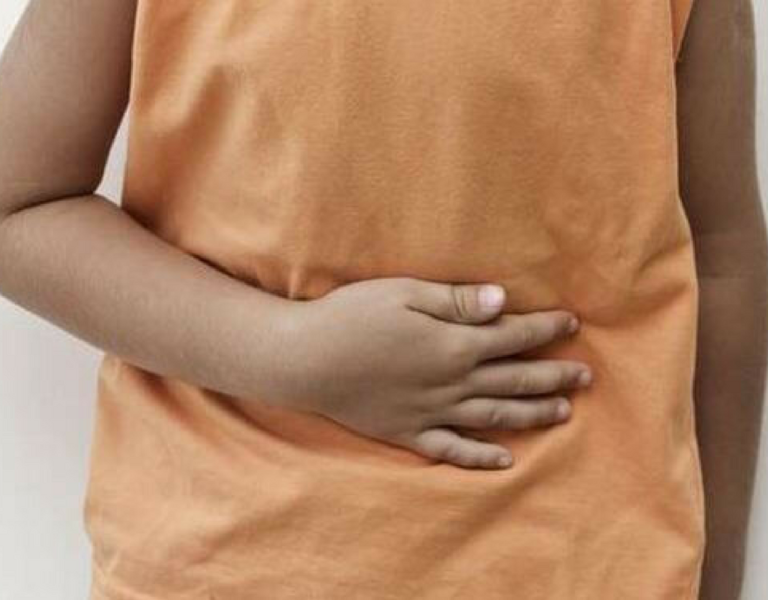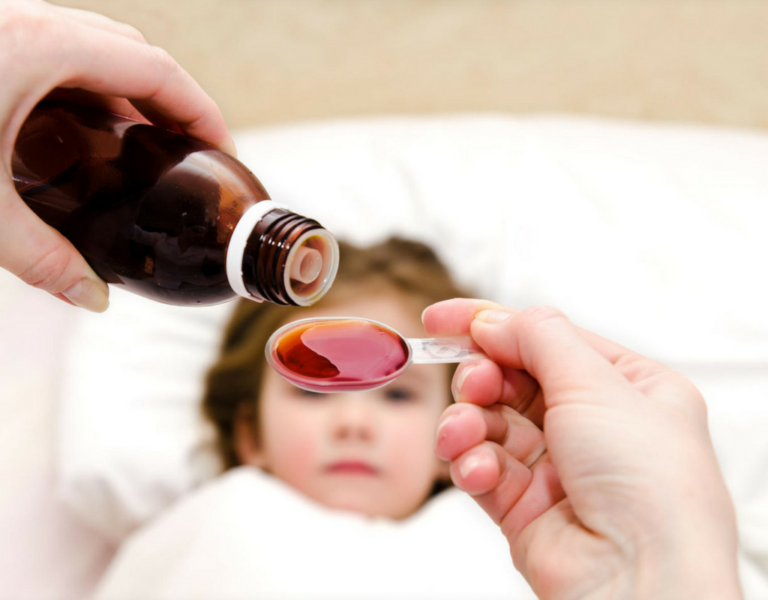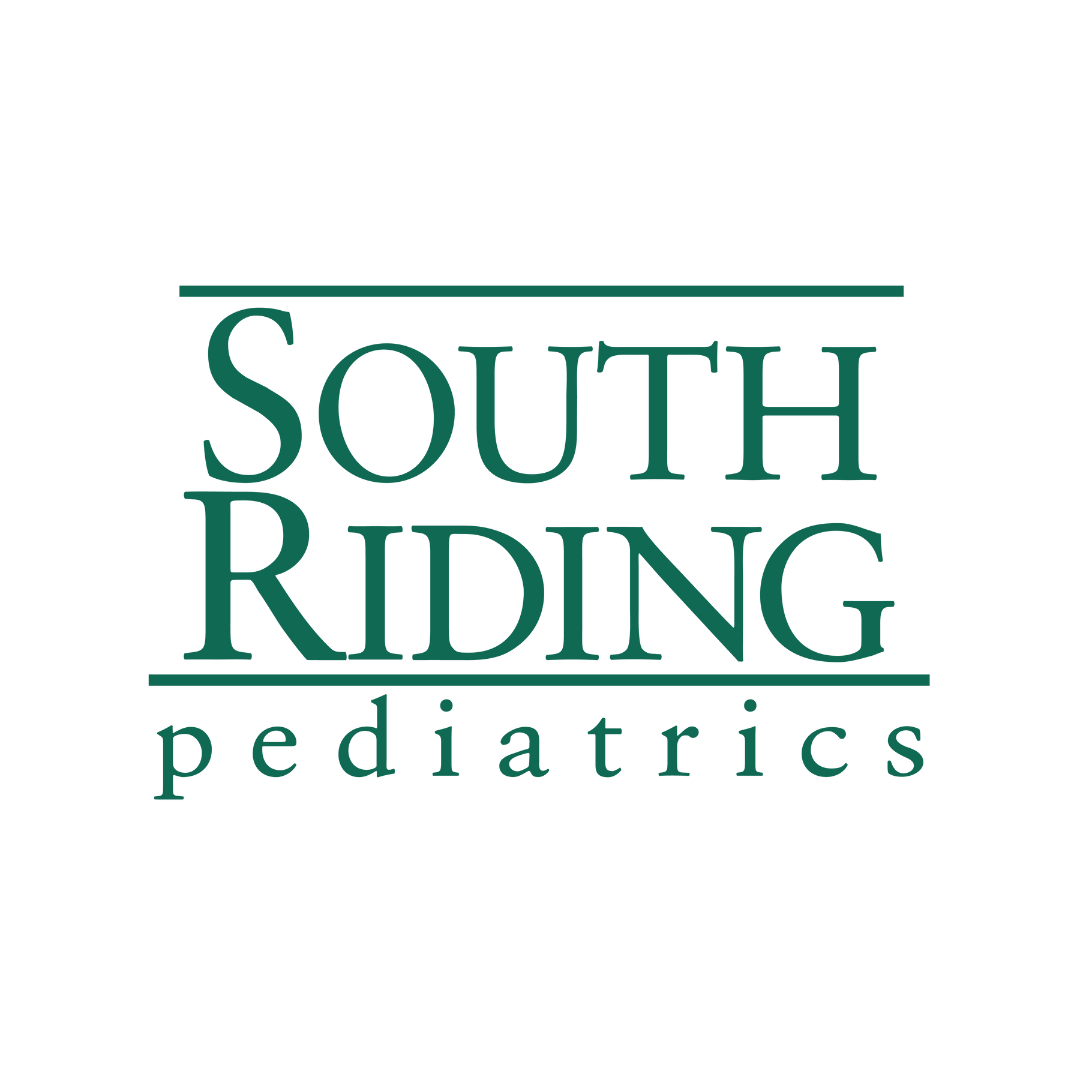Food is a vital part of our survival, yet it seems like some kids could live on nothing but cereal for weeks. As a parent/guardian, it can be challenging to ensure that your children eat a healthy diet. Many parents ask their pediatrician how to know if their child is consuming enough calories and, more importantly, if they are getting all the essential nutrients that they need from their food. Most children will eat when hungry and stop when they are full. This is why serving something from all five food groups (grains, veggies, fruit, meat, dairy) is important. How much they need for each nutrient varies by age, activity level, and growth. To make it a bit easier, we have created this guide to help you navigate your childrens’ nutritional needs.
Babies and toddlers under the age of 2:
The amount of calories needed for an infant greatly depends on their weight and individual needs. In general, babies from 0-12 months need to consume 40-55 calories per pound of body weight on a daily basis. However, at this time of the child’s life it is more important to listen to their hunger cues and feed when they are hungry. Allow them to stop when they show signs of being full.
If your child is on formula, we recommend that you switch it to full fat cow’s milk around their first birthday. You can continue giving your child breastmilk for as long as you both are up for it. Before their second birthday they will need to continue exploring solid foods and eat a varied diet. Offer them food from all food groups for breakfast, lunch, dinner and snacks throughout the day.
For more detailed information on your child’s nutritional needs in the first year, read our previous blog post here.
2 to 4-year-olds:
At this age, a child needs 1000-1500 calories a day. The amount required varies depending on the little one’s activity level. If they move a lot, they will need more food for energy.
Protein: 2-3 ounces
Fruit: 1-1.5 cups
Vegetables: 1-1.5 cups
Grains: 3-5 ounces
Dairy: 2-2.5 cups
Remember to serve a little of each for all meals to ensure that they are given the right amount. Fruit is also an excellent snack option and much healthier than many prepared snacks you can buy in the grocery stores.
5 to 8-year-olds:
As your child grows, their need for calories increases. For kids between the age of 5 and 8, the daily calorie intake should be between 1200-2000. As for younger children, how much they will need depends on how much they move and grow.
Protein: 3-5 ounces
Fruit: 1-2 cups
Vegetables: 1.5-2.5 cups
Grains: 4-6 ounces
Dairy: 2.5 cups
If your child is more of a snacker, be sure to make it healthy. Some great snacks for a child this age include fruits, smoothies, low-sugar yogurts, nuts, eggs, or a sandwich roll filled with some veggies, protein, and cheese.
9 to 13-year-olds:
The recommended daily calorie intake in the pre-teen and early teenage stages is 1400-2400.
Protein: 4-6.5 ounces
Fruit: 1.5-2 cups
Vegetables: 1.5-3.5 cups
Grains: 5-9 ounces
Dairy: 3 cups
At this age, many children will become more independent and participate in their food preparation, especially regarding snacks. Embrace it, but set some ground rules and always buy food that matches your values and nutritional needs. Great snack for this age includes hummus and cut-up vegetables, fruit and peanut butter, nuts and seeds, low sugar yogurt and granola, eggs, or a wrap with vegetables, protein and cheese.
14 to 18-year-olds:
As your teen gets closer to adulthood, they need about 1800-3000 calories per day. Remember that activity level is still vital in determining how much food your child needs to stay healthy.
Protein: 5-7 ounces
Fruit: 1.5-2.5 cups
Vegetables: 2.5-4 cups
Grains: 6-10 ounces
Dairy: 3 cups
Tips for all ages :
When you serve food, let your child pick between milk or water as a drink. If your child prefers to drink water and you are concerned about their daily calcium intake, offer cereal and milk for breakfast or snack. Yogurt, cheese and soy milk are also great sources of calcium.
The best way to help your child learn how to eat a balanced diet is through modeling. If you want them to eat healthy, you must also do so. Kids observe and learn through the observations they make, so if they see you eat a particular food, they are more likely to try it and accept it. Parents who consume a lot of fruit and vegetables are more likely to have kids who eat them regularly. We recommend that you sit down and share a meal with your family as often as possible. Meal times are great for showing healthy habits and connecting. During meals, let your child pick what they eat from the food you serve.
Most kids are great at listening to their bodies and will stop when they are full. When this happens, please don’t force them to eat more. Parents of young children are often concerned when their kids eat very little of the food they are served; however, unless they are not growing well, there is no reason for concern. As always, reach out to your pediatrician when worried about your child’s well-being.
At school:
When your child starts school or daycare, they can eat the food they serve there, or you can pack their lunch. If you pack their lunch, stick to the type of food you would serve at home. Hot food can be brought in with a thermos, or you can serve meals that taste good cold. Some great school lunches are: roll up or wraps with protein, vegetables, and cheese, a healthy lunch sandwich, boiled eggs with a side of fruit or veggies, chicken salad and wheat crackers, pasta salad with leftover protein from last night’s dinner, and classic peanut butter and low sugared jelly sandwich served with fruit or veggies. Pack fruits, cut-up vegetables, nuts, air-popped popcorn, cheese sticks, yogurt, hummus, or hard boiled eggs for school snacks.
Don’t forget to pack a bottle of water!





